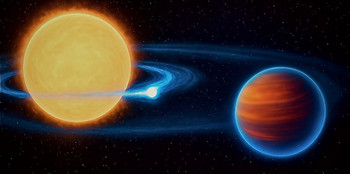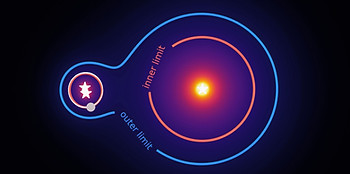


VLT Observatory - Chile, 2018
Summary of my career
I am an astrophysicist specialising in planetary sciences, currently a postdoctoral researcher at the Institut de Planétologie et d’Astrophysique de Grenoble (IPAG), Université Grenoble Alpes, and a member of the Stellar-MADE team.
My research focuses on the dynamics of moons and rings in complex gravitational systems, especially those involving multiple stars. This work extends my earlier investigations into exomoons and exorings—yet-undetected structures that may hold the key to a deeper understanding of planetary system architectures.
Through numerical modelling and creative inquiry, I have contributed to conceptual developments such as ploonets—moons that become planets—and cronomoons—ringed satellites echoing Saturn. These ideas offer new interpretations for elusive signals and challenge our expectations of planetary formation and evolution.
I hold a Ph.D. in astrophysics and an M.Sc. in physics from Universidad de Antioquia (Colombia). I am also passionate about science communication and inspired by the interplay between nature, history, and the cosmos—with coffee always nearby.
MY LATEST RESEARCH
Ongoing research
I am currently studying the stability of planets and their companion moons and rings in multiple star systems. The goal is to determine if these bodies are detectable and what observational signals they produce. My research focuses on evaluating their detectability using different methods, such as radial velocity, transits, and astrometry.
Additionally, I am interested in modelling the light curves of transits and the scattered light from these astrophysical objects. This work is crucial for interpreting observational signals and enhancing our understanding of the dynamics and characteristics of these complex systems.
Recent highlight
My recent work investigates how low-mass planets can inherit volatile-rich atmospheres from the remnants of disrupted gas giants. In our latest article — “Volatile enrichment in low-mass planets as signatures of past planetary disruption” (A&A, 2025) — we show that hydrogen-helium gas lost by a decaying giant planet can be captured by outer companions, forming transient atmospheres observable for millions of years.
This mechanism offers a new explanation for inflated, He-rich sub-Neptunes like WASP-107b or TOI-421b, and suggests that some planets may carry the atmospheric memory of others — worlds that no longer exist.


